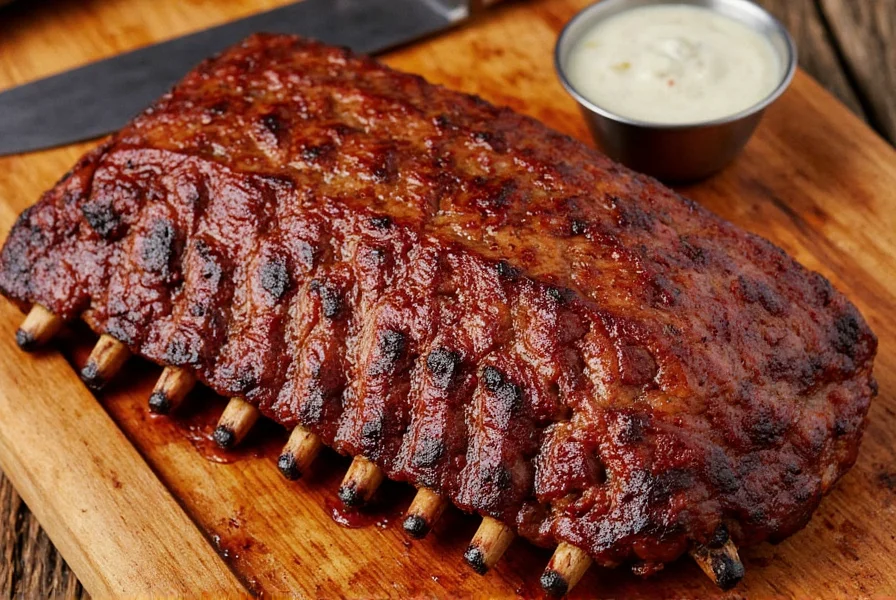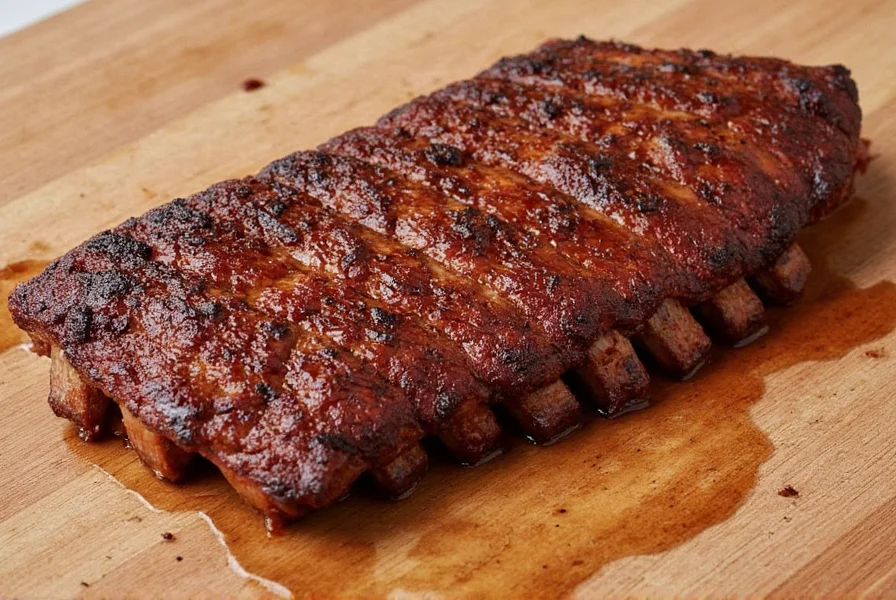Flanken Style Ribs: The Juicy, Flavor-Packed Cut You Need to Try Today!
Table of Contents
- What Are Flanken Style Ribs?
- How Are They Different from Other Rib Cuts?
- Spice It Up: How to Season Flanken Ribs Like a Pro
- Grilling vs. Braising: Which Is Better for Flanken Ribs?
- Buying Guide: What to Look for When Purchasing Flanken Ribs
- Tasty Recipes to Elevate Your Flanken Ribs Game
- Conclusion
What Are Flanken Style Ribs?
Let’s cut to the chase—flanken style ribs are one of the most underrated cuts in the rib family. Sourced from the flank end of the short plate, these ribs are packed with flavor and perfect for grilling or slow-cooking.

The term "flanken" comes from German culinary traditions, where it refers to cross-cut ribs. In modern BBQ culture, they’ve become a go-to for smoky, spicy, melt-in-your-mouth goodness. Whether you're hosting a backyard barbecue or experimenting in your kitchen, these ribs should be on your list.
How Are They Different from Other Rib Cuts?
If you’re new to the world of ribs, it can get confusing. Let’s break it down:
| Rib Type | Cut Location | Texture & Flavor | Best Cooking Method |
|---|---|---|---|
| Flanken Style Ribs | Short plate, near the belly | Fatty, juicy, beefy | Grilling, braising |
| Back Ribs | Pork or beef back area | Tender, leaner | Low-and-slow smoking |
| Spare Ribs | Pork belly area | Meatier, fattier | BBQ, slow roasting |

Flanken ribs are unique because they're cut across the bone, giving you that signature meat-on-bone strip look. They cook faster than other ribs but deliver deep, bold flavors when handled right.
Spice It Up: How to Season Flanken Ribs Like a Pro
Now, here's where the magic happens—the seasoning! Flanken ribs are like a blank canvas for spices, so don’t hold back. Here are some essential spice blends and tips:
- Salt & Pepper Rub: Simple but effective. Use coarse sea salt and freshly ground black pepper for that classic steakhouse feel.
- Korean Galbi-style: Sweet, savory, and slightly tangy with soy sauce, garlic, ginger, and brown sugar.
- Smoky BBQ Rub: Paprika, chili powder, cumin, garlic powder, and a touch of smoked paprika make for a mouthwatering blend.
Tips for Maximum Flavor Infusion:
- Dry Brine: Apply your rub at least 4 hours before cooking (or overnight) for deeper penetration.
- Olive Oil or Mustard Base: Create a paste with oil or mustard to help the spices stick better.
- Baste with Butter: During the last 15–20 minutes of cooking, baste with melted herb butter for extra richness.
Grilling vs. Braising: Which Is Better for Flanken Ribs?
Both methods have their charms—but which one suits your taste buds best?
Grilling – For Smoky Perfection
- High heat sear gives a beautiful crust
- Perfect for quick weeknight dinners
- Ideal for serving with a light slaw or grilled veggies
Braising – For Fall-Apart Tenderness
- Low-and-slow method infuses every bite with flavor
- Great for cold-weather meals or Korean galbi dishes
- Pair with rice, kimchi, or noodles for a full experience
Quick Comparison:
| Method | Cook Time | Flavor Profile | Best For |
|---|---|---|---|
| Grilling | 15–25 mins | Smoky, charred edges | Weeknight meals, parties |
| Braising | 2–3 hours | Rich, tender, deeply seasoned | Family dinners, special occasions |
Buying Guide: What to Look for When Purchasing Flanken Ribs
Not all flanken ribs are created equal. Here’s how to pick the best ones:
- Marbling: Look for fine streaks of fat throughout the meat—it melts into deliciousness while cooking.
- Bone Structure: Each strip should be around 2–3 inches wide with evenly spaced bones.
- Thickness: Aim for cuts about ½ inch thick. Thinner might overcook; thicker may need longer cooking times.
- Color: Bright red meat indicates freshness. Avoid grayish or dull-looking cuts.
Recommended Products
| Product | Features | Use Case | Occasion |
|---|---|---|---|
| American Grass-Fed Beef Flanken Ribs | Natural marbling, no added hormones | High-heat grilling or Korean galbi | Summer BBQs, dinner parties |
| Wagyu-Style Cross-Cut Ribs | Exceptional tenderness and buttery texture | Indoor reverse-searing or sous-vide prep | Special occasions, gourmet dining |
| Organic Free-Range Beef Ribs | Eco-friendly, antibiotic-free, sustainably raised | Slow braising or meal prepping | Healthy families, eco-conscious cooks |
Tasty Recipes to Elevate Your Flanken Ribs Game
Ready to put those ribs to work? Here are three crowd-pleasing recipes to try:
1. Korean Galbi Ribs
- Ingredients: Soy sauce, garlic, sesame oil, brown sugar, green onions, sesame seeds
- Cooking Time: 2 hours (overnight marination recommended)
- Tip: Grill or pan-fry after marinating for that perfect caramelized edge.
2. Smoked Flanken Ribs with Herb Butter
- Ingredients: Dry rub (paprika, garlic powder, onion powder, chili), herb butter
- Cooking Time: 30–40 minutes
- Tip: Use indirect heat for more even cooking and finish with a brush of garlic thyme butter.
3. Red Wine Braised Ribs
- Ingredients: Red wine, rosemary, carrots, celery, onions
- Cooking Time: 2.5 hours
- Tip: Deglaze the pot with red wine to create a rich, complex sauce.
Conclusion
Flanken style ribs are a flavorful, versatile cut that deserves more love in the barbecue and home-cook scene. Whether you prefer them grilled with a smoky crust or braised until fall-apart tender, there's a version for everyone.
From spice selection to cooking technique and even the best products to buy, we’ve covered everything you need to know to make flanken ribs shine. So next time you're at the butcher counter, skip the usual suspects and give this underrated cut a shot—you won't regret it!










 浙公网安备
33010002000092号
浙公网安备
33010002000092号 浙B2-20120091-4
浙B2-20120091-4